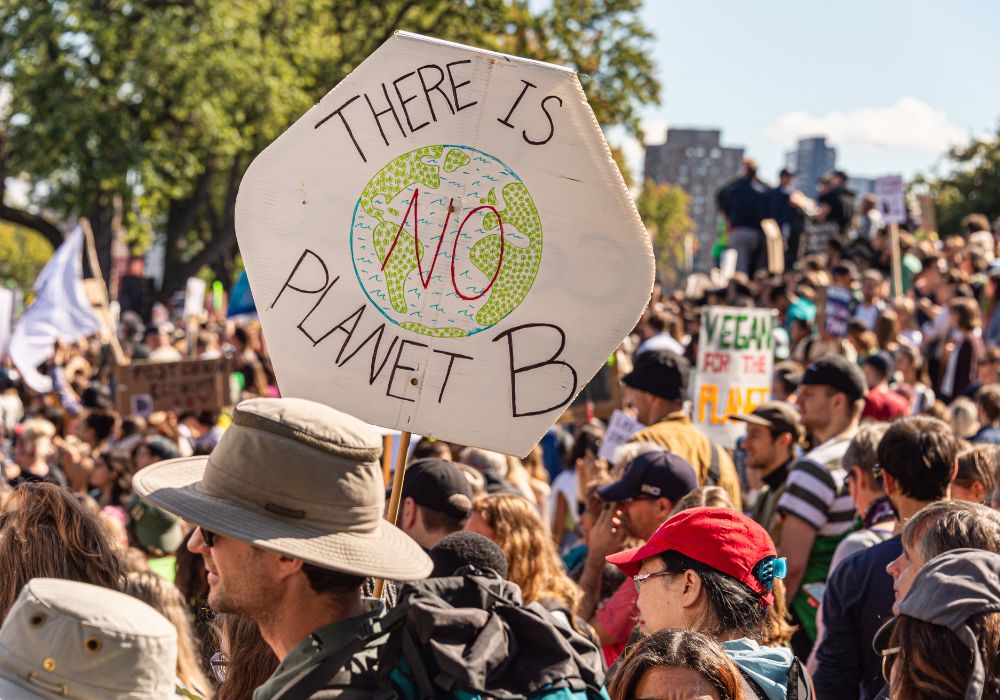Courts around the world are increasingly being asked to determine whether governments and Crown corporations are doing enough to address climate change.
In the famous Urgenda case, the Dutch Supreme Court ordered a binding emissions reduction target on the national government. In the past few weeks, courts in Belgium and Germany have ordered greater emissions reductions from national governments.
Closer to home, Canada’s Federal Court of Appeal recently decided that two constitutional challenges against the government’s inadequate climate policies can go to trial. In essence, the court found the claims were “justiciable” — that is, they can be decided by the courts. This decision sets an important precedent that will likely increase the courts’ influence on climate policy.
The growing influence of courts is itself a contentious institutional phenomenon. It accepts that courts are an appropriate way to resolve the hotly contested issues at the centre of climate policy. This means that unelected judges have the power to scrutinize decisions made by elected officials and expert regulators.
‘Justiciability 101’
The debate surrounding the courts’ role in climate policy partly plays out through the doctrine of justiciability, which allows judges to strike claims that aren’t well-suited to be resolved by the courts.
Justiciability marks the line between what should be decided by courts versus other government branches. In the past, Canadian courts indicated climate change fell on the other side of that line.
In 2008, the Federal Court found that a claim seeking to enforce Canada’s obligations under the Kyoto Protocol was non-justiciable because the applicable law did not allow for court enforcement.
In 2012, the same court decided that the federal government’s decision to leave the Kyoto Protocol was also not a matter for the courts.
A turning tide?
In December 2023, the Federal Court of Appeal examined two constitutional challenges to federal climate policy.
The first was a youth-led challenge to current federal climate policy based on its disproportionate harms to young people. The second one involved two Wet’suwet’en House groups claiming that federal climate policy violated their rights under the Canadian Charter of Rights and Freedoms.
According to the lower court, these challenges were “too political” for courts to resolve and better left to legislators and government officials.
The lower court rulings put an early end to both challenges, preventing judicial scrutiny of claims of rights violations. They also cut off an opportunity to establish a pro-climate precedent for future cases.
In an important shift, the Federal Court of Appeal reversed the lower court’s decisions. In a direct rebuke, the appeal court ruled that climate change may be justiciable even if it raises complex or controversial issues.
According to the court, claims are justiciable so long as they have a “legal anchor” — some legal or regulatory link to the claim. In the challenges at issue, the court found that the federal government’s commitments under the Paris Agreement provided a sufficient legal anchor. It viewed these commitments as serving as an objective basis to consider the claims.
This broader approach to justiciability will likely open the door to more climate claims. It builds on recent judicial decisions that have held legislated rules like emissions reduction targets and climate reporting requirements can be challenged before the courts.
Perverse incentives?
Perhaps inadvertently, a “legal anchor” approach to justiciability creates an anti-regulatory bias. Governments expose themselves to court challenges when they enact laws and regulations, but not when they merely make policy statements.
As a result, climate action receives greater judicial scrutiny than climate inaction. This approach fails to capture how government inaction can itself be a political decision affecting constitutional and other rights. For this reason, some courts have maintained that challenges to government inaction are legitimate. The Federal Court of Appeal’s broader understanding of what constitutes a legal anchor may also alleviate this issue.
But a legal anchor approach raises other concerns. The rejection of non-justiciable claims based on the absence of laws and regulations — legal anchors — shows a deference to existing political processes that can disadvantage youth, Indigenous Peoples and others who lack political clout.
If these groups are unable to achieve results through political means, a narrow approach to what constitutes a legal anchor also limits their access to legal change.
The future role of courts
Going forward, the increase in cases related to climate change and climate policy will test the balance between courts and other government branches.
In the past, Canadian courts have generally not shied away from other complex and controversial issues, including prostitution, mandatory minimum sentences and even Québec independence.
Now those most suffering the effects of climate change want and need courts to act on climate when governments fail to do so.
Steve Lorteau is a candidate in the Doctor of Juridical Science program at the University of Toronto and Andrew Green is Metcalf Chair in Environmental Law at the University of Toronto.
This article is republished from The Conversation under a Creative Commons license. Read the original article.







